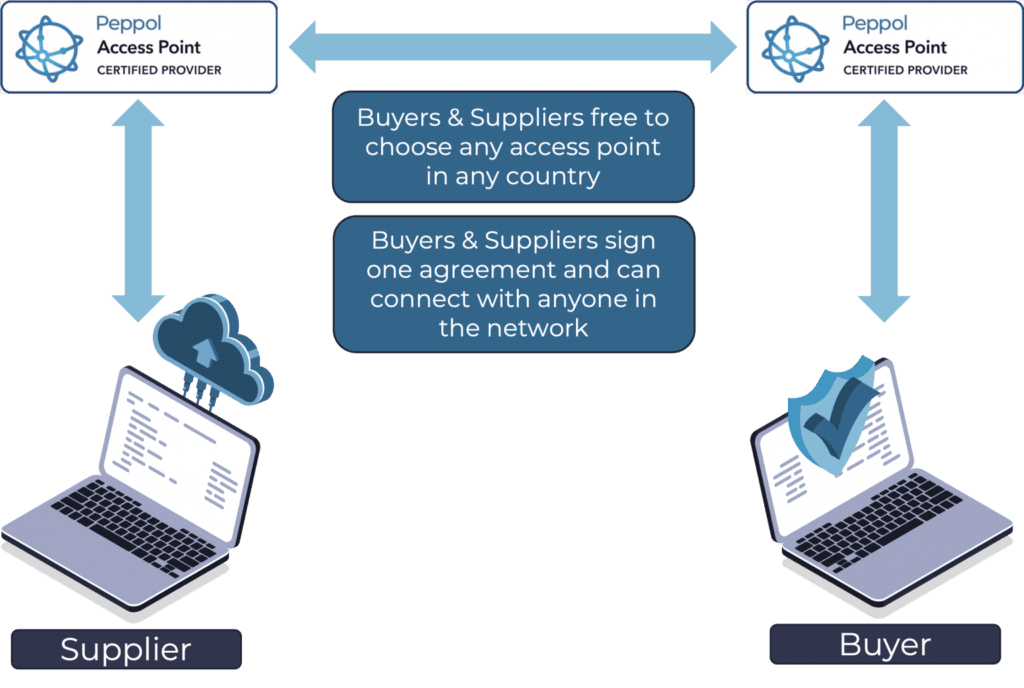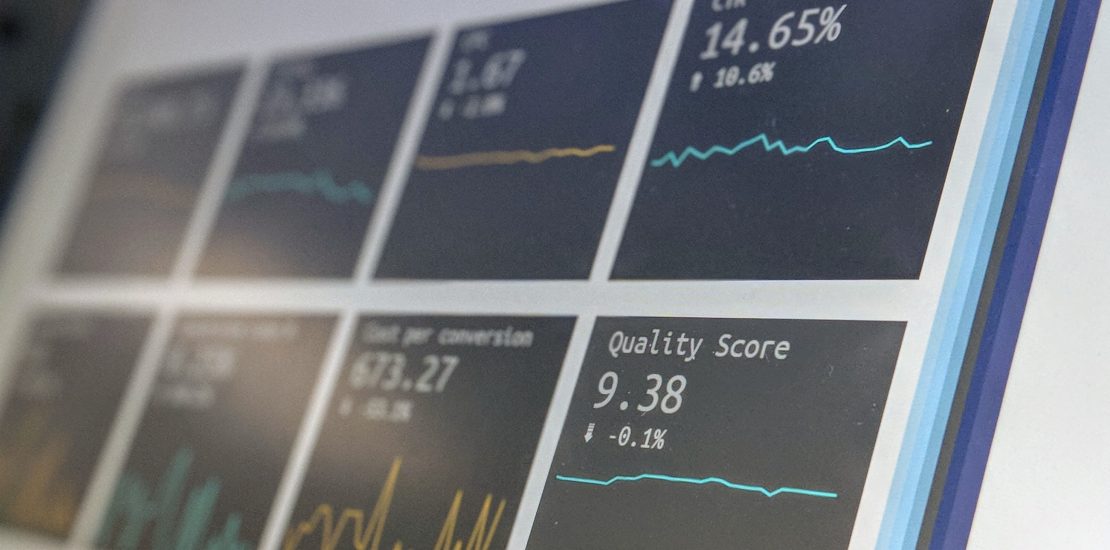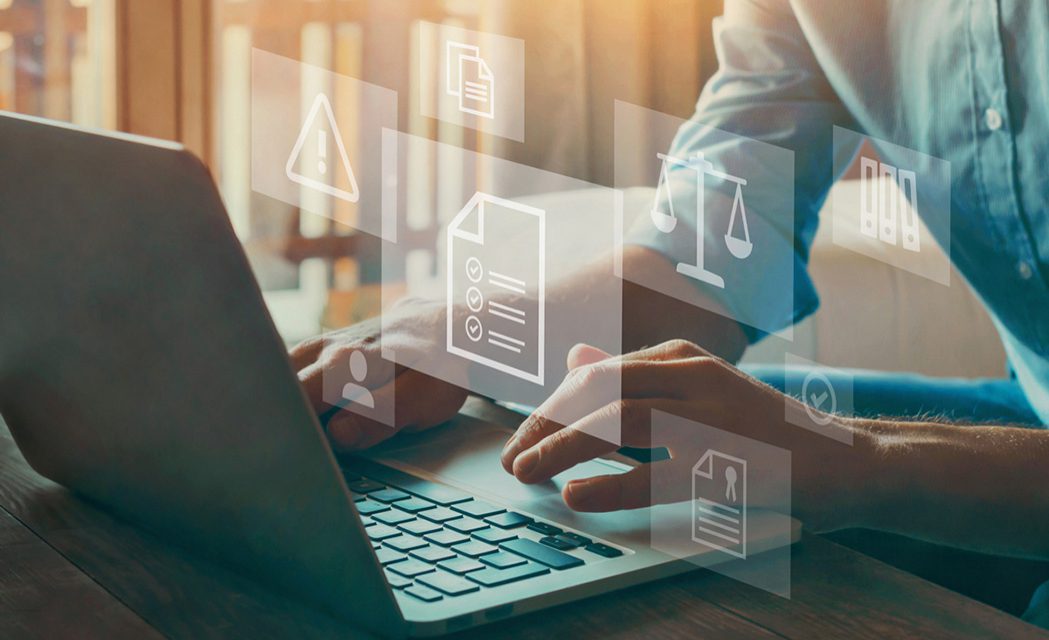Thought Leadership
How Does Peppol Actually Work?
April 04, 2022


As the awareness and popularity of eInvoicing continues to spread across the region, highlighted most recently with the Federal budget announcement that small businesses can receive tax breaks for digital investments including eInvoicing. One of the common questions we get is how does Peppol actually work? In this article we take a bit of a deep dive into the mechanics behind the Peppol network and how it enables businesses across the region to drive automation across their accounts payable and accounts receivable processes.
background
eInvoicing or electronic invoicing is the direct transfer of invoice data in a digital format from one company to another – integrating a suppliers Accounts Payable solution directly with the seller’s accounts receivable solution. This ensures that there is not need for any manual invoice data entry or validation. eInvoicing has been around for a number of years but the challenge was always the myriad of formats that invoice data was being sent via. The moment the eInvoicing game changed dramatically was the adoption, by national governments in Australia, New Zealand and Singapore (to name a few), of a common digital framework to send and receive eInvoices – this ensures that there is a common format for invoices so that organisations only need to setup their systems once to be able to send and receive invoices from any other organisation.
what is peppol?
The common digital framework that has been adopted by these governments is the Pan-European Public Procurement OnLine standard, or Peppol for short. This is a globally recognised standard for sending and receiving eInvoices that has been widely used across Europe for a number of years. The standards for the data are set out in the Peppol Business Interoperability Specifications (or BIS) and are based on the internationally recognised ISO/IEC 19845 Universal Business Language. The BIS format sets out how invoice data is shared amongst buyers and sellers, what it needs to include and in what format – ensuring that data is secure, reliable and cost effective.
In less technical language this means that the specifications have been created based on well published and globally accepted data formats to ensure that the formats can be adopted by businesses. Fortunately for businesses there are Peppol eInvoicing providers, like Valtatech, who can support businesses to translate their existing orders and invoices into the required format.
The specifications have been developed to support a number of different business documents in the procure to pay ecosystem, the business documents are currently within scope across Australia and New Zealand:
- Invoice, credit note and invoice response
- Order and order response
- Advanced Shipping Notice
- Catalogue and catalogue response
- Punchout
- Order agreement
- Self-billing
how does peppol work?
To ensure that data is securely sent to the right person and in the right format, the Peppol framework utilises ‘gatekeepers’ specially qualified organisations that act as air-traffic controllers to ensure data integrity and quality and also ensure that invoices are sent to the right organisation from a verified organisation.
These gatekeepers are known as Peppol Access Point Providers, and in every transaction there is always two access points involved, one that works with the sender of the invoice data and the other that works with the receiver of the invoice data. These two Access Points work hand in hand to ensure that data is secure, of high quality and valid.
The diagram below shows, at a high level, how the interaction within the Peppol network.

What invoice information is required to send a Peppol invoice?
Peppol e-invoicing has mandatory requirements to ensure that security, compliance and robustness of the network is maintained. Fortunately the large majority of the data required for an invoice is in line with what needs to be on your invoices now. In order to send a Peppol invoice you will need to be able to provide:
- Invoice number
- Invoice date
- Invoice due date
- Document type (e.g. invoice, credit note etc)
- Invoice currency
- Customer reference or purchase order reference
- Customer email address
- Sales order reference
- Contract reference
- Your business details
- Your business tax ID (e.g. ABN)
- Your email
- Payment reference
- Bank account details
- Payment terms
- Invoice line item details including tax
- Invoice total details including tax
Your Access Point provider may be able to augment your existing data to ensure you meet the requirements to send an invoice – this should be part of your conversations with them.
receiving a peppol e-invoice
To be able to receive a Peppol e-invoice you will need a way to be able to receive data, which will be in a BIS format, from your Access Point into your Accounts Payable platform. Again, some accounts payable platforms may have the ability to connect and translate a Peppol BIS invoice into a format that can be imported. If your platform can’t, your Access Point provider will be able to integrate with your platform, extract and translate the data from a BIS format into a format that can be imported by your platform.




